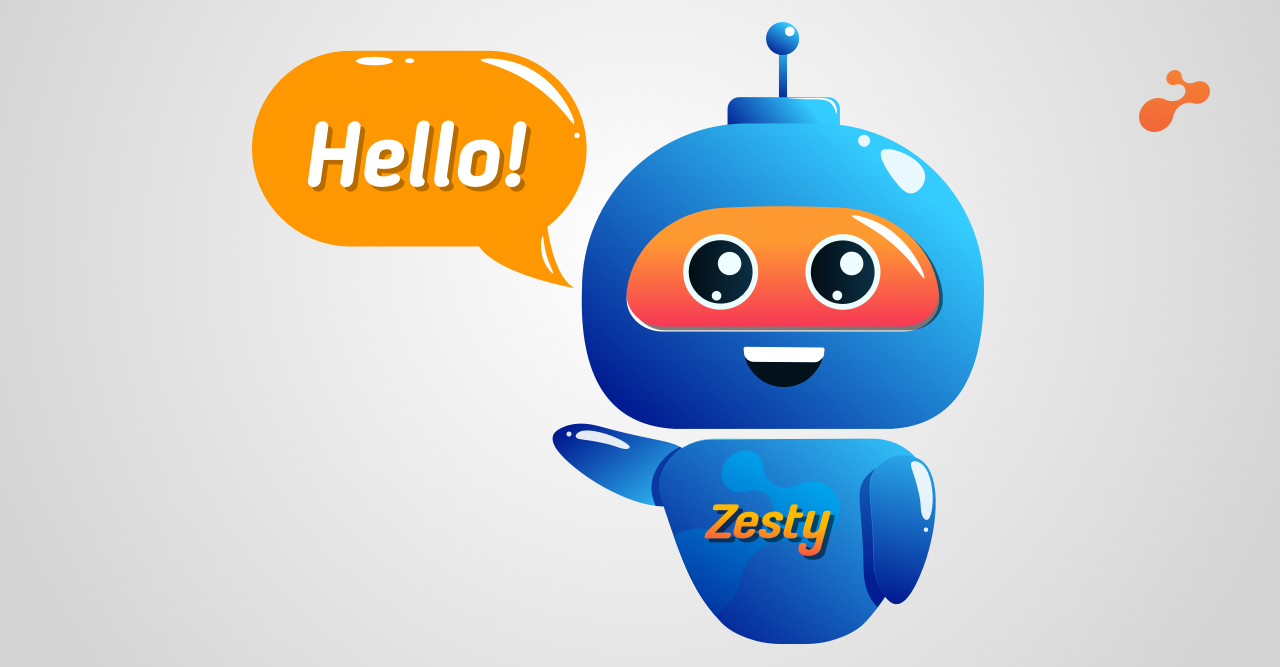The food industry is one of the most dynamic industries today, and with consumer demands soaring, products have to constantly keep evolving.
The industry includes many participants, from producers and distributors to grocers and restaurants. The food or goods have to be sourced, maintained and shipped, sometimes preserved too. To deal with such complexity, highly advanced data science and computer science techniques such as artificial intelligence (AI) and machine learning (ML) are required.
The goal of machine learning is to explore the infinite probability space in order to come up with the most suitable solution to any problem. From grocery shopping to restaurant’s food deliveries, everything is being personalized for customers based on their buying behavior. Some of the largest food processing companies are turning to AI technology in attempts to improve manufacturing and processing.
Below are the ways, data science is changing the food industry:
On-time faster deliveries
Food delivery is now a science and a key differentiator for any business serving in the food industry. A great deal of planning – in the form of logistics and outliers – goes into just getting a warm pizza from the restaurant to a customer’s doorstep on time.
Big data systems and analytics can be used to monitor and understand factors like traffic, weather, current climates, route changes, construction and even distance. This information is used to build a more elaborate model that calculates the time required to travel to a delivery spot.
Sentiment Analysis
One incredibly important aspect of the modern world is customer sentiment. It’s the general inclination of the customer towards a brand, its products, and personal experiences. Data which can be statistically interpreted is generated by monitoring activities across social media which are then pulled, compiled, analyzed and even visualized. This data helps to drive better business decisions. To understand trends and popular items or goods, sentiment analysis is one of the major tools.
Marketing
With any business, it’s important to spread awareness and build some brand loyalty. This area is another one where data sciences come into play. It offers some great insights into marketing strategies- when and where your brand or products might be relevant, what should be the marketing platforms and who are your potential customers.
Transparency in the business process
It is important to understand the existing supply chain to offer smooth operations and improve customer relations in today’s market. This includes all participants and goods sources. Brands can build trust and connections with the customers, deliver higher-quality goods and establish authority through transparency. Customers are convinced that their favourite brands use hygienic, environmentally-friendly and cruelty-free initiatives. Big data allows companies and providers to track their sourced and transported goods and hence provide optimization of such transparency.
AI powered weather forecasting is also being used by farmers and transportation companies to improve yields and reduce shipping costs. Similarly, advances in robotics are being used in all parts of the manufacturing sector, including food processing.
Below are the other ways in which data science is changing the food industry for the better.
- Estimation of personal food demand quantity
- Ranking food preferences
- Predicting food security outcomes
- Food identification
- Generating images of food based on recipes text and vice-versa
- Star rating to restaurants based on customer reviews of food
- Food recommendation system
- Tracking wrist motion to recognize eating gestures.
- Foodborne illness detection
- Automated food label quality assessments
The application of Data Science in the Food industry has a tremendous influence right from the right kind of produce being sourced, the quality of food being served and the timely delivery of the food at the doorstep of the customer. The role of data cannot be ignored if, one wants to rule the food industry and lead in this digital economy.







%20is%20revolutionizing%20the%20retail%20sector-190605.png)